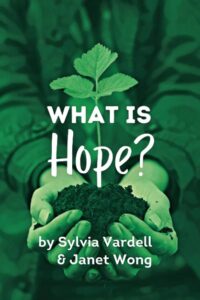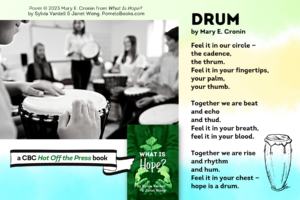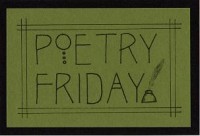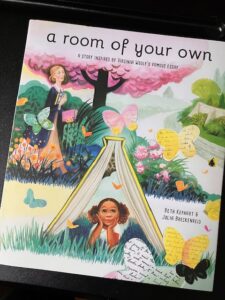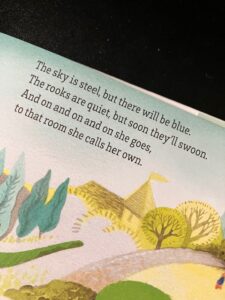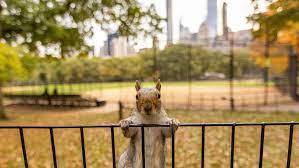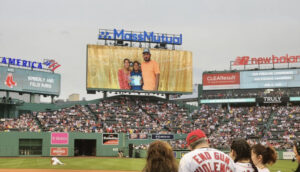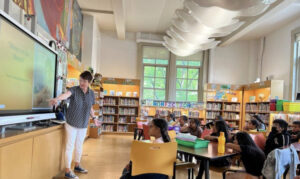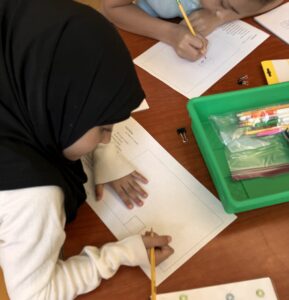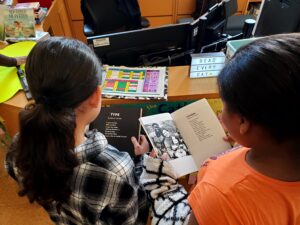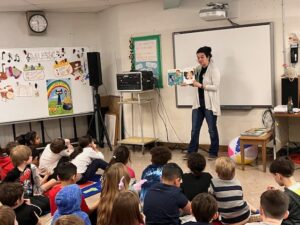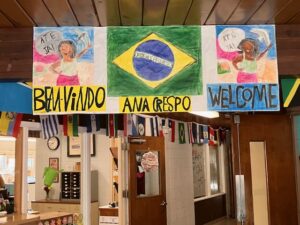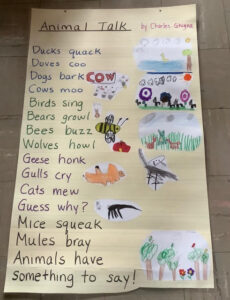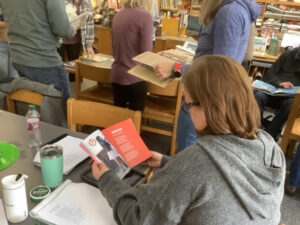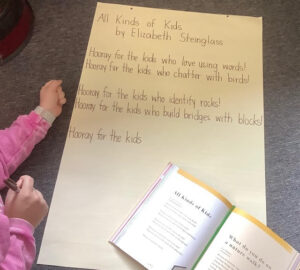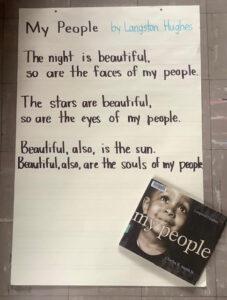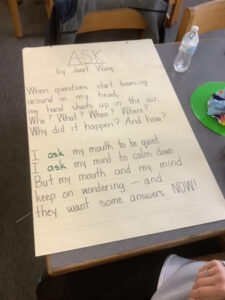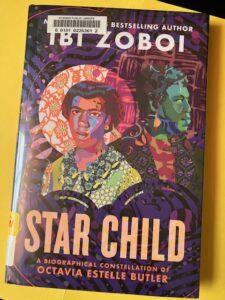Over the past three years, one object of my writing obsession has been the hospital in Brooklyn where my grandmother completed her nurse’s training as a young Irish immigrant. The nurse’s residence was the address on her marriage certificate. It was called Unity Hospital, located in Crown Heights. I dove into newspaper archives, reading tragic and heroic accounts of the role that Unity Hospital played in people’s lives. I’ve written a poetry collection for adults, UNITY HOSPITAL, that spans the 50 years that the hospital was in existence. It’s out on submission now.
The poems are in the voices of an array of women who intersected with the hospital in some way: nurses, patients, a candy striper, a switchboard operator, new mothers, a “pantry girl,” a woman who died from a botched 1952 abortion, a newspaper reporter, a medical clerk, and more. Many of the poems were inspired by news accounts.
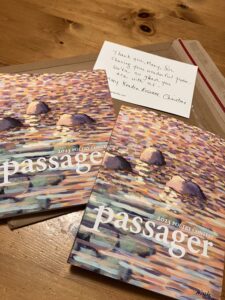
And one of the poems was selected for a beautiful journal, out now, called PASSAGER! So here’s a peek at one voice from Unity Hospital– an emergency room nurse in 1947. More to come soon, hopefully!
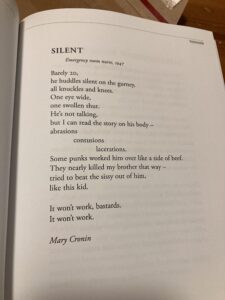
The text of the poem:
SILENT
Emergency room nurse, 1947
Barely 20,
he huddles silent on the gurney,
all knuckles and knees.
One eye wide,
one swollen shut.
He’s not talking,
but I can read the story on his body—
abrasions
contusions
lacerations.
Some punks worked him over like a side of beef.
They nearly killed my brother that way—
tried to beat the sissy out of him,
like this kid.
It won’t work, bastards.
It won’t work.
~~~~~~~~~~~
On Fridays, I love taking part in Poetry Friday when I can, where writers share resources about children’s poetry. This week, Rose hosts the Poetry Friday Roundup on her blog Imagine the Possibilities. Check out the celebration of poetry there today!

